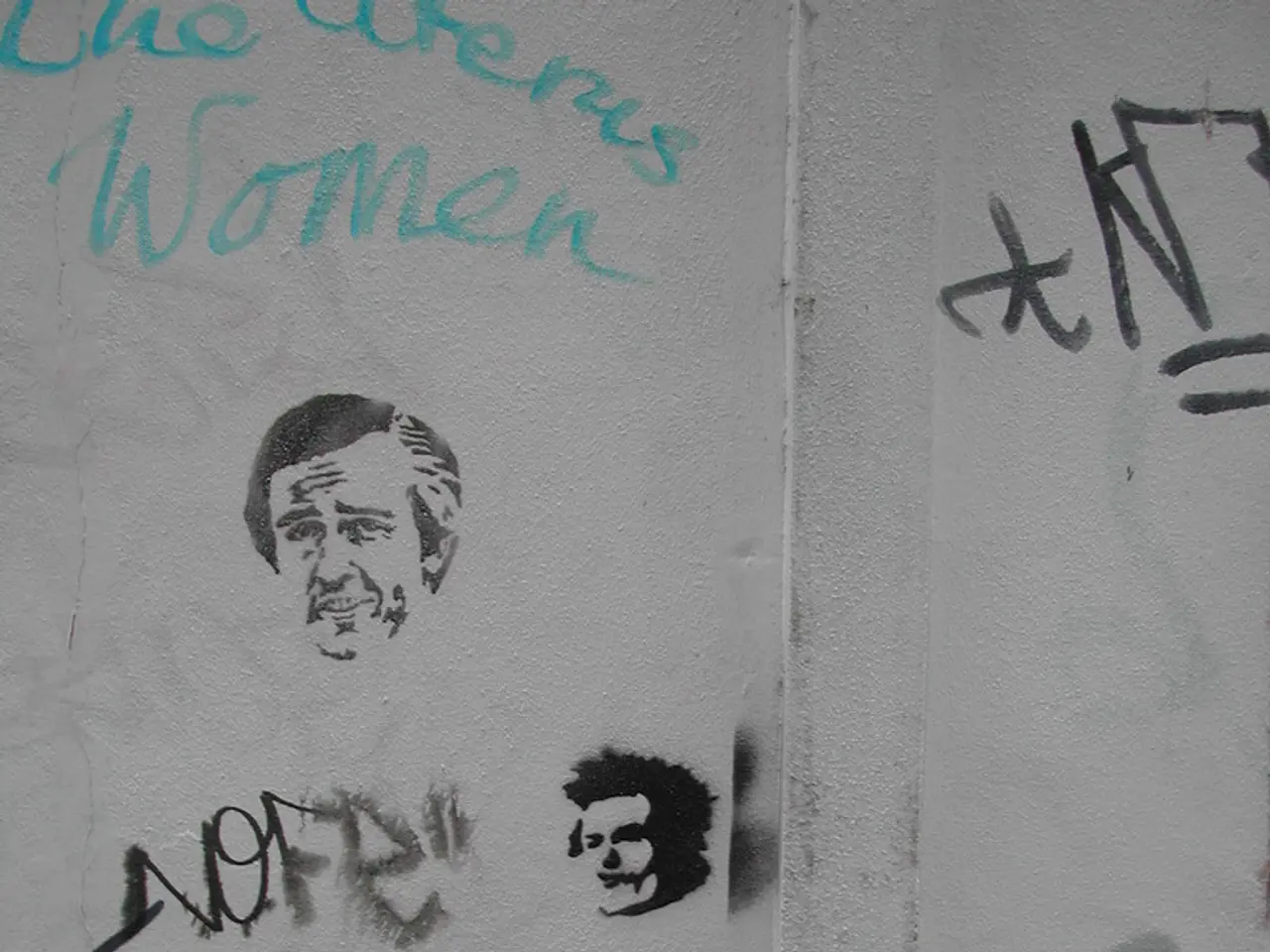Trade negotiations between the U.S. and China temporarily avert escalating tariffs, with the extension being set for 90 days minutes before the original deadline.
U.S.-China Trade Truce Extended, Key Issues Remain Unresolved
The trade relationship between the United States and China is currently in a tentative truce phase, following escalated tensions earlier in the year. On August 2025, both nations agreed to a 90-day tariff suspension, which has now been extended to November 10, 2025.
During this truce, the U.S. has imposed high tariffs on Chinese imports, with an average of 51.1% on Chinese goods and covering 100% of imports. China, in response, has implemented tariffs averaging 32.6% on U.S. exports, also covering all imports from the U.S.
The extension of the tariff truce allows for more dialogue and prevents an imminent tariff war escalation. However, it does not signify a full resolution, as key issues remain unaddressed.
One of the major unresolved issues is the tariffs and trade barriers. Existing tariffs continue to impact sectors such as U.S. agriculture, with soybean exports to China drastically reduced from $17.9 billion in 2022 to $2.5 billion in the first half of 2025.
Another issue lies in the structural and non-tariff problems, including intellectual property rights enforcement, state subsidies to Chinese companies, and non-tariff barriers affecting sensitive sectors due to Chinese procurement and regulatory policies favoring local production.
Additional political-economic concerns include U.S. concerns over China’s involvement in sanctioned Russian and Iranian oil purchases, duties linked to fentanyl trafficking, and issues regarding the operating environment for U.S. businesses in China.
The tariff truce may provide a diplomatic opening for President Trump to potentially visit China later this year to meet with President Xi Jinping and advance discussions. However, experts predict that the tougher issues will likely linger, with the trade war continuing to grind ahead for years into the future.
The extension buys time for the two countries to work out their differences, potentially clearing the way for a summit between Trump and Chinese President Xi Jinping later this year. The U.S. has also pulled back export restrictions on computer chip technology and ethane.
China has extended relief to American companies who were placed on an export control list and an unreliable entities list. In June, the U.S. and China reached an agreement to ease tensions, reducing the tariffs they had imposed on each other's products.
In May, America's tariffs went back down to 30% and China's to 10%. The Ministry of Commerce in China will stop those restrictions for some companies, while giving others another 90-day extension. This extension was announced by both Trump and Beijing, with Trump signing an executive order for the extension.
Despite the truce, concerns remain over China’s lax protection of intellectual property rights and the subsidies that give Chinese firms an unfair advantage in world markets. Experts believe that Beijing has grounds for believing that it can indefinitely enjoy the upper hand in talks with Washington by threatening to curtail rare earth exports.
In conclusion, the U.S.-China trade relationship in mid-2025 is characterized by a delicate tariff truce that tempers further escalation but falls short of a full resolution, with persistent tariff burdens and deep-rooted structural issues waiting to be addressed in ongoing negotiations.
- The extension of the U.S.-China tariff truce has opened the door for political dialogue, but it has not resolved lingering issues such as the disputed intellectual property rights and the unfair advantages enjoyed by Chinese firms in global markets due to subsidies.
- The trade war between the United States and China continues to be a prominent issue in general news, with key problems like tariffs and trade barriers, structural issues, and political-economic concerns still unaddressed, despite the extended tariff truce.




